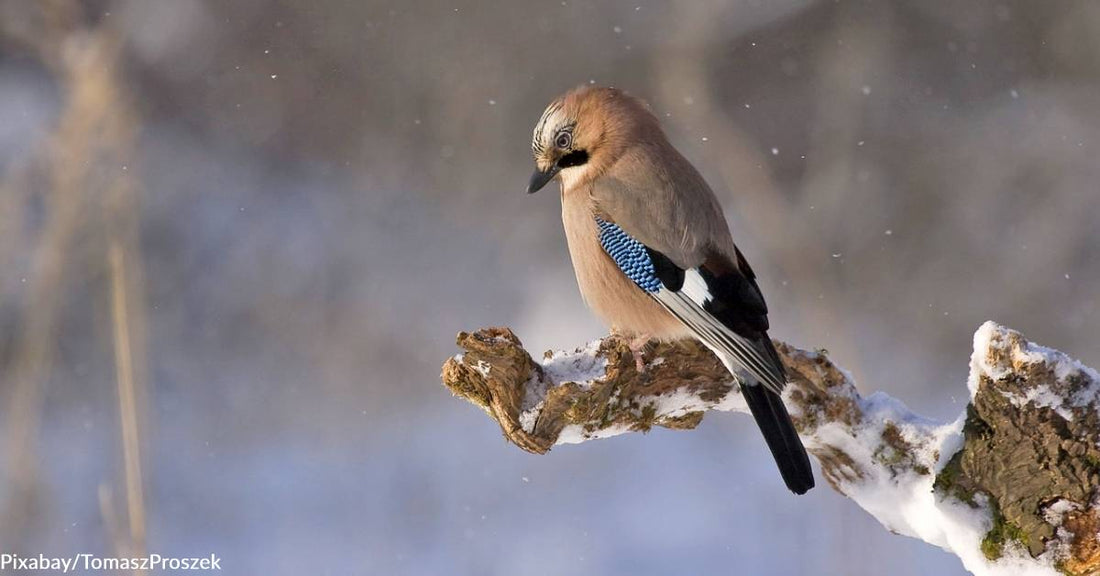The 25th International Great Backyard Bird Count Needs Your Assistance
Rebecca West
If you're unfamiliar with the annual event, the 25th International Great Backyard Bird Count is an opportunity to discover birds and the health benefits of birdwatching from anywhere in the world. Organized by the National Audubon Society, Cornell Lab of Ornithology, and Birds Canada, those in charge hope to spur nature lovers around the globe to assist in counting wild birds over a four-day period between February 17-20.
"You can do it anywhere. You can do it walking down your street or even just outside your window," explained Chad Wilsey, the chief scientist at Audubon.
Bird Watching
Information collected over the course of the four-day event helps provide a sweeping real-time view of where birds are and how they're being affected by climate change, Wilsey added. So, why participate in the Great Backyard Bird Count? We're glad you asked! The count provides scientists with extensive info about where birds are presently residing and how many of them are living in given locations.
Because the watch takes place in winter, it gives researchers a crucial look at migratory species and where they're located, Wilsey stated. It's vital because migratory birds have experienced significant declines since the 1970s with a reported loss of up to 2.5 billion birds.
Wildlife Conservation
Birds are an essential source of pest control, prolific pollinators, and they help spread seeds, giving them an important role in nature's food chain. The count provides a massive amount of indispensable info on birds across the planet, and every additional piece of information gathered aids in forming a more comprehensive picture for researchers.
Scientists can also look at the movements of certain bird species and relate them to the changing climate over time, Wilsey noted. The data collected is used to look back at how things have changed as well as to the future in order to make informed conclusions about how birds will respond to climate change and how vulnerable they might be to it.
Annual Bird-Watching Event
A count done on the same dates year after year shows where birds are found and how their movements change over time, Wilsey said. "Then you can answer all kinds of questions about how birds are responding to things like climate change."
During last year's count, an estimated 385,000 people participated and counted birds in 192 countries.
From that, more than 7,000 bird species were reported, which is reportedly about three-fourths of the world's population.
How to Participate
To get involved in this year's birdwatching data collection, participants need to count all of the birds they see or hear for 15 minutes in one location. Ultimately, they can count for as long as they want from as many locations as they desire over the four-day period.
All the information collected, like the species and number of them, needs to be entered on Cornell's bird counting program called eBird, either through the app or through the website. A bird identifying app with identification tools that include audio can be useful. Audubon purportedly recommends the Merlin Bird ID.
You can find further instructions at birdcount.org/participate. A workshop is being planned at 1 p.m. ET on Wednesday, February 15, 2023, by Cornell. You can register online for the webinar.





